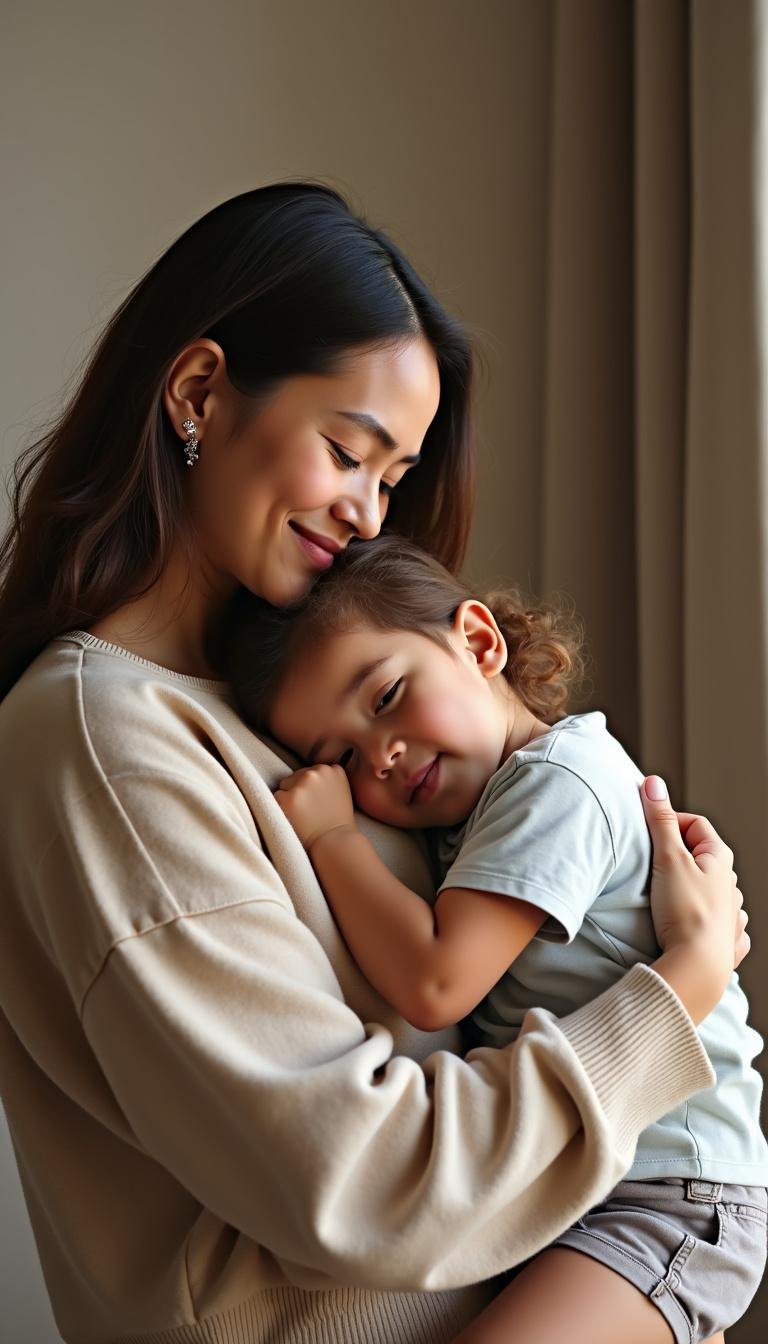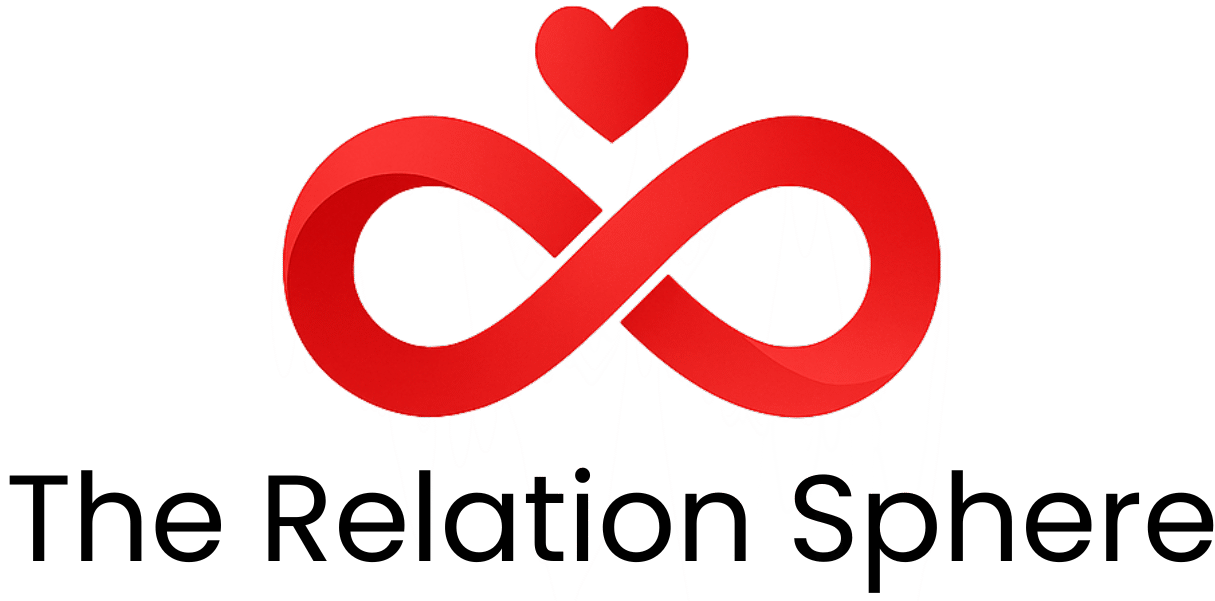1. Introduction
The concept of healing the mother wound has garnered increasing attention in recent years as a vital step towards emotional liberation, personal development, and cultivating healthier relationships. But what exactly is the mother wound, and how does it influence your emotional landscape? Understanding this deep-seated emotional injury is crucial for unlocking pathways to healing, self-acceptance, and lasting emotional well-being. In this comprehensive guide, we delve into what the mother wound is, how it manifests in daily life, and the most effective strategies for healing the mother wound. If you’re interested in transforming your relationship dynamics, exploring helpful tools like The Inner Work of Relationships can be an essential part of your healing journey.

2. What Is the Mother Wound and Why Does It Matter?
The mother wound describes the emotional pain, feelings of rejection, neglect, or abandonment that originate from your relationship with your mother or maternal figure. This wound often begins in childhood, creating deep layers of emotional trauma that stay hidden beneath conscious awareness, yet they profoundly shape your adult relationships and self-worth. Recognizing what the mother wound is is a vital first step because it influences how you see yourself, your personal value, and your ability to form secure attachments. To deepen your understanding, consider reading how childhood attachment impacts your adult relationships for insights into subconscious patterns rooted in early bonds.
Understanding the origins of mother wound
The causes of mother wounds are varied but often include emotional neglect, overprotection, criticism, or conditional love during formative years. These early experiences can lead to persistent feelings of inadequacy, low self-esteem, anxiety, and emotional trauma that extend into adulthood. Addressing these root causes through compassionate awareness and healing techniques is the foundation for transforming unresolved pain into growth. As you explore these origins, integrating products like The Seven Principles for Making Marriage Work can provide practical guidance for nurturing healthier relationships starting from within.

3. How Does the Mother Wound Affect You?
The impacts of healing the mother wound extend beyond childhood, often shaping your emotional health and relationship patterns in adulthood. When this emotional wound remains unresolved, it can lead to challenges such as:
- Difficulty trusting others
- Fear of abandonment or rejection
- Low self-esteem and issues with self-worth
- Struggles with emotional intimacy and vulnerability
- Tendency toward toxic relationships or codependency
Understanding how the mother wound influences your life enables targeted healing efforts. Recognizing these patterns fosters self-compassion and empowers you to break free from limiting beliefs rooted in childhood trauma. For a deeper understanding of attachment and its influence on love life, check out attachment styles and their impact on your love life.
The subconscious influence of the mother wound
Deeply ingrained emotional scars can shape your thoughts, reactions, and relationships without your conscious awareness. Recognizing these subconscious patterns is essential for initiating genuine healing and cultivating healthier emotional responses. Using tools like Love & Respect, you can learn to foster mutual understanding and emotional safety in your close relationships.

4. Effective Strategies for Healing the Mother Wound
Healing this deep-rooted wound is a transformative process that demands patience, deliberate effort, and compassionate understanding. Here are some effective strategies and tools that can support your healing journey effectively:
- Self-Reflection and Acceptance: Use journaling and mindfulness practices—like Love More, Fight Less—to explore your feelings and acknowledge your wounds without judgment.
- Seek Professional Support: Engaging with a therapist trained in inner child work or trauma resolution can significantly accelerate healing. Supportive therapies help access and release underlying pain.
- Set Boundaries: Establish healthy boundaries with your mother or maternal figures to safeguard your emotional health. Products like Why Men Love Bitches offer insights into asserting your needs confidently.
- Practice Forgiveness: Forgiving yourself and your mother releases emotional burdens. Cultivating forgiveness is supported by resources such as A Family Matter, which explores healing family wounds.
- Develop Self-Compassion: Foster kindness toward yourself with daily affirmations and mindful practices. The inner child work book can be instrumental in this process.
- Build a Supportive Community: Connecting with others on similar healing paths, using tools like Date Night Ideas | Couples Activity Book, provides shared insight and encouragement.

5. The Journey Toward Emotional Healing and Personal Growth
Healing the mother wound is not an immediate fix but rather a gradual journey of self-discovery, compassion, and resilience. Over time, this process allows you to rebuild your self-esteem, restore emotional harmony, and find renewed hope and joy. Remember that each step forward is a testament to your strength and commitment to authentic living.
Embrace hope and renewal
The imagery of a sunrise over a tranquil lake embodies hope, renewal, and the possibility of healing. Despite the past pain, you hold the power to transform vulnerability into resilience and pain into growth. Practicing tools like Risky Couples can bring light-heartedness and deeper connection during your healing progression.
6. FAQs About Healing the Mother Wound
What are the signs of an unhealed mother wound?
Common signs include difficulty trusting others, persistent feelings of unworthiness, patterns of unhealthy or toxic relationships, emotional numbness, or fears of abandonment and rejection.
Can healing the mother wound improve romantic relationships?
Yes. As you work through emotional healing, you’ll develop healthier attachment styles, resilience, and capacities for intimacy, resulting in more genuine and fulfilling connections—with some strategies supported by Let’s Get Deep to foster vulnerability and connection.
How long does healing take?
The process varies based on individual circumstances and depth of wounds. Patience, consistency, and self-compassion are essential. Remember, every step counts—celebrate progress, no matter how small.
Is professional therapy required?
While self-help methods can be powerful, working with a qualified therapist—especially those experienced in trauma and inner child work—can significantly accelerate healing and ensure you address complex issues safely.
7. Conclusion
Healing the mother wound is a transformative and empowering step towards embracing your authentic self and cultivating emotional freedom. By understanding its roots, recognizing its impact, and actively implementing healing strategies, you pave the way for profound personal growth. Every effort you make propels you closer to a life rooted in peace, genuine connection, and inner harmony. Remember, hope is always present—like the sunrise over a peaceful lake, your renewal is always within reach.

